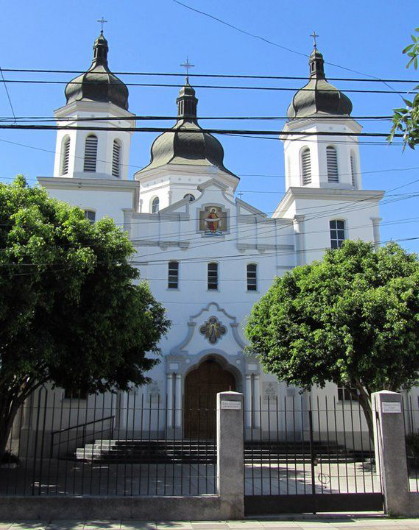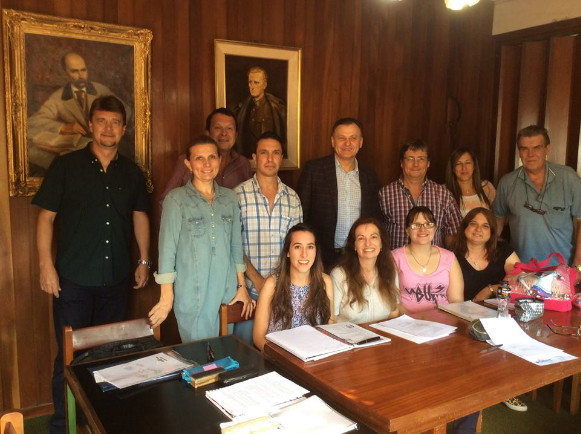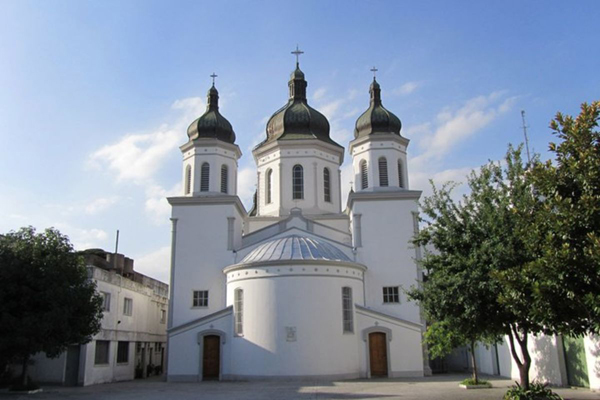Buenos Aires
Buenos Aires. Federal capital city (2010 city pop 2,890,151) of Argentina. Buenos Aires is the center of Ukrainian community life in Argentina; probably more than half of all Ukrainians in the country live in the federal capital or in other parts of the province of Buenos Aires. Ukrainians began to settle there at the beginning of the 20th century and arrived in great numbers between 1922 and 1940. In 1938, a community source estimated that of 120,000 Ukrainians in Argentina, 15,000 dwelled in the Federal Capital of Buenos Aires and another 35,000 in its environs. A second major influx occurred after 1947, and a number of Ukrainians from Paraguay and Uruguay migrated to the city between 1965 and 1970. After 1991, a new wave of Ukrainian immigrants arrived in Argentina, many of them settling in Buenos Aires. Some Ukrainians, notably members of the intelligentsia, emigrated to North America in the 1950s and 1960s. Ukrainian organizations and institutions in Buenos Aires include the Ukrainian Central Representation in Argentina; the Prosvita society and the Vidrodzhennia society, which maintain several community centers. The periodicals Ukraïns’ke slovo (Buenos Aires) and Nash klych and the monthly Zhyttia (Argentina) were published in Buenos Aires, and the publishers Mykola Denysiuk (1949–55) and Yu. Serediak established publishing houses in the city. Buenos Aires is the seat of the Ukrainian Catholic Eparchy of the Holy Protection and its cathedral. In the 1990s, the city also had a branch of the Ukrainian Catholic University (Rome), a minor seminary, several monasteries, an Orthodox church established by the Brotherhood of the Holy Protectress, three Ukrainian Catholic churches, and a Baptist house of worship. A statue of Taras Shevchenko sculpted by Leonid Molodozhanyn was erected in a civic park. Ukrainians manage a number of small commercial and manufacturing enterprises in the city.
Serge Cipko, Mykhailo Vasylyk
[This article was updated in 2017.]

.jpg)
.jpg)

.jpg)
